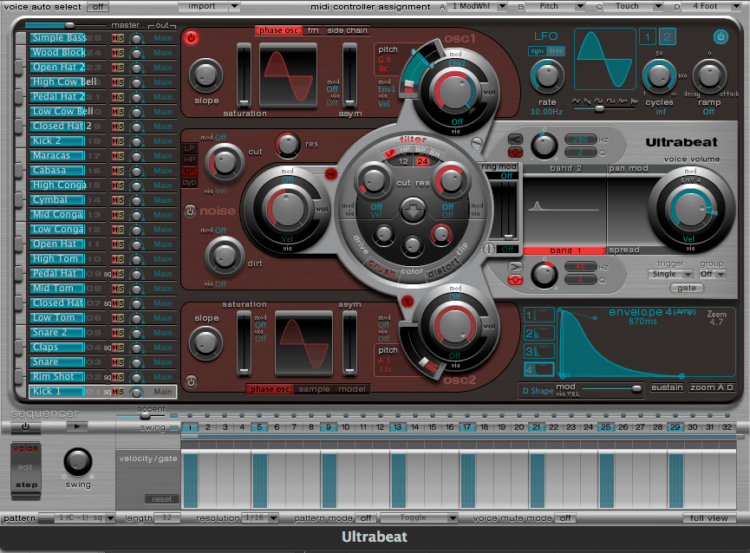

The EQ has 8 independent bands that are fully adjustable in type, gain, and Q***. Paragraphic Equalizer – Next I switch over to the Equalizer page. The settings should be MBIT+, High, 16, Normal.** I’ve done some experimenting and found this to be not worth experimenting with, set and forget. Click DC offset on and the Dither Type button once. You need dither when going from a 24 bit recording to a 16 bit master. Lastly I click the “Prevent inter-sample clipping” box.ĭither – On the right half of the Maximizer page is the dither and DC offset options which both default to off. The 3rd control, Character is the release time of the maximizer. Setting the threshold at -12 will make the final master much louder but you’re starting to squish out a lot of the good stuff from the mix. If your mix peaks at -6dB and your limiter threshold is -6dB you will be making the song much louder without compressing it yet or really changing the dynamics at all. Setting this to -6.0dB is where I usually start and adjust depending on if I need the final to be louder compared to other songs. Next is the Threshold, this increases the level of the song. There is almost no audible difference between -0.3 and 0.0 but if this file will be converted to mp3 you will run into distortion in that process unless you leave a little room. This is the maximum level that your song will be mastered to. Starting with the Margin control, bring it down to -0.3. On the left half of this page are 3 sliders. Loudness Maximizer – The Loudness Maximizer section is where I start working with Ozone. I recommend just closing that browser and set the processors manually based on what you hear and what is needed. When you first open Ozone the preset browser appears. Presets for mastering are unhelpful for a number of reasons, with Ozone the presets tend to be way too extreme to be useful. Skip the presets – With some effects, particularly reverbs, delays, and modulations, presets are great starting points. Lower the level of that track in the DAW until the loudest point is hitting the meters closer to -6dB.

If the unmastered file is peaking higher than that you don’t give much room for Ozone to do it’s thing. Headroom – The song you will be mastering should peak no higher than -6dBfs*. There is a comprehensive undo history function should you need it. The mousewheel will change whichever slider is hovered over. You can double click a slider to type in a value, and you can alt+click to return something to default. Buttons in Ozone can be either left or right clicked to increment/decrement the available options. M/S mode is not something I use very often unless there are real problems with the source. Four of the effects can be used in Stereo or M/S configurations meaning you can work with the Left and Right channels together or middle and sides separately. Three of the effects are multiband meaning you have control over four independent processors within a frequency range. This is not a feature I find useful, it is if you start with presets (see below). You’ll notice little sliders below the name of each effect, these will scale the amount of that processor. General operation – Ozone’s interface is simple, a window for adjusting effects, buttons to select the effect and meters on the side.
Mastering waveburner manual#
If you don’t have the time to read the 122 page manual or the 64 page Mastering guide ( PDF) but you want to get started with Ozone quick, read on. In this article I will briefly explain the use of the 7 processors within Ozone 4.
Mastering waveburner professional#
It is a comprehensive mastering toolkit with an easy to use interface and professional sound quality. Izotope Ozone 4 is a suite of powerful mastering effects in one plugin.


 0 kommentar(er)
0 kommentar(er)
